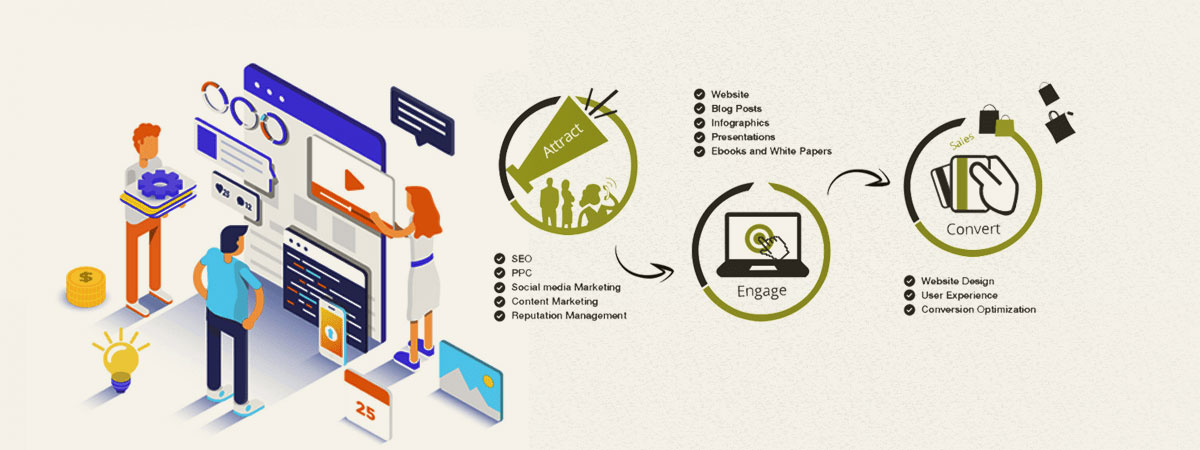Interested In Finding Out Exactly How Web Site Style Has Evolved? Take A Journey Via The Transformation
Interested In Finding Out Exactly How Web Site Style Has Evolved? Take A Journey Via The Transformation
Blog Article
Article Written By-Tobiasen Bojesen
In the past, sites were basic and concentrated on details. Navigating was straight, and layout was for desktop computers. Now, user experience is vital. Data guides styles for very easy navigating. Receptive designs suit different gadgets. Today, dark mode decreases stress, and minimal menus enhance navigation. Interactive functions involve customers, and bold visuals stand out. mouse click the next page improves involvement. See exactly how style has evolved to improve your online trip.
Early Days of Website Design
In the early days of website design, simpleness reigned supreme. Web sites were basic, with minimal colors, fonts, and layouts. The emphasis got on giving info rather than fancy visuals. Individuals accessed the internet via slow dial-up connections, so speed and functionality were vital.
Navigating menus were straightforward, typically located on top or side of the page. Websites were made for desktop computers, as mobile surfing had not been yet common. Content was king, and developers prioritized easy readability over complex design aspects.
HTML was the main coding language used, and designers had to work within its restrictions. Computer animations and interactive attributes were very little compared to today's standards. Sites were static, with little dynamic material or tailored individual experiences.
Surge of User-Focused Design
With the development of web site layout, a change in the direction of user-focused layout principles has actually become significantly popular. https://www.google.com/maps/place/Moon+and+Owl+Marketing/@32.9757271,-106.5344695,1840583m/data=!3m1!1e3!4m6!3m5!1s0x864ddeaa4179705b:0x488d41d2cc6b9750!8m2!3d32.9757271!4d-97.5696258!16s%2Fg%2F11b6mpccrg?entry=ttu&g_ep=EgoyMDI1MDIxMS4wIKXMDSoJLDEwMjExNDUzSAFQAw%3D%3D , developing internet sites that prioritize individual experience is essential for engaging site visitors and achieving company goals. User-focused layout involves understanding the needs, choices, and actions of your target market to tailor the internet site's format, material, and includes accordingly.
Designers now perform extensive research, such as customer surveys and use screening, to gather understandings and comments directly from customers. This data-driven approach assists in developing intuitive navigation, clear calls-to-action, and aesthetically attractive interfaces that resonate with visitors. By placing the individual at the center of the style procedure, sites can provide a much more tailored and enjoyable experience.
Receptive style has actually additionally become a key facet of user-focused layout, making sure that internet sites are enhanced for various tools and display sizes. This adaptability boosts accessibility and functionality, catering to the diverse means users engage with internet sites today. Basically, the increase of user-focused design represents a change towards creating digital experiences that prioritize the demands and expectations of the end individual.
Modern Trends in Web Design
Discover the latest trends shaping website design today. One popular pattern is dark mode design, using a smooth and modern-day appearance while minimizing eye strain in low-light environments. An additional key fad is minimalist navigation, simplifying menus and improving individual experience by focusing on essential elements. Integrating micro-interactions, such as animated switches or scrolling results, can create an extra engaging and interactive web site. Receptive layout continues to be critical, ensuring smooth customer experiences throughout numerous gadgets. Furthermore, making use of vibrant typography and asymmetrical formats can include visual rate of interest and draw attention to details content.
Integrating AI innovation, like chatbots for customer support or individualized referrals, improves user engagement and improves procedures. Access has also become a significant pattern, with developers focusing on inclusive style practices to cater to varied customer requirements. Embracing sustainability by enhancing web site performance for rate and effectiveness is one more emerging pattern in website design. Collaborating with user feedback and data analytics to repeat and enhance design continuously is important for staying relevant in the ever-evolving digital landscape. By embracing these modern patterns, you can develop an aesthetically appealing, user-friendly website that reverberates with your audience.
Conclusion
As you assess the evolution of website style from the very early days to currently, you can see how user-focused style has actually ended up being the driving pressure behind modern-day trends.
Accept the journey of adjustment and adaptation in web design, constantly maintaining the individual experience at the leading edge.
Keep present with the current trends and technologies, and never ever stop evolving your technique to develop visually spectacular and easy to use internet sites.
Develop, adjust, and produce - the future of web design is in your hands.
